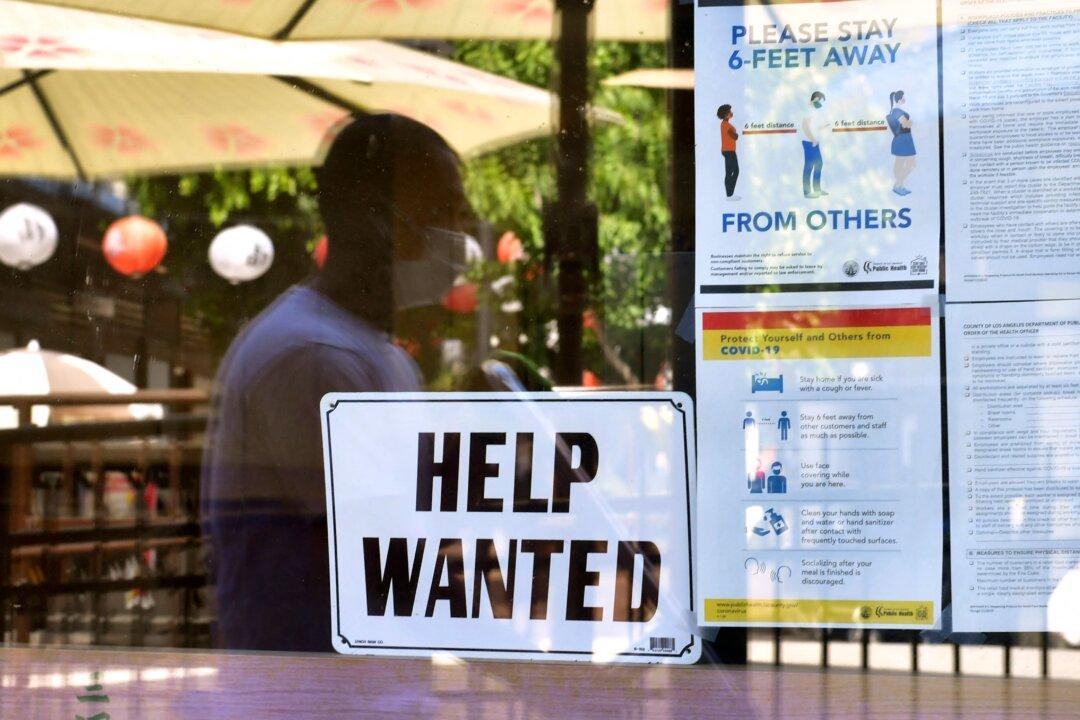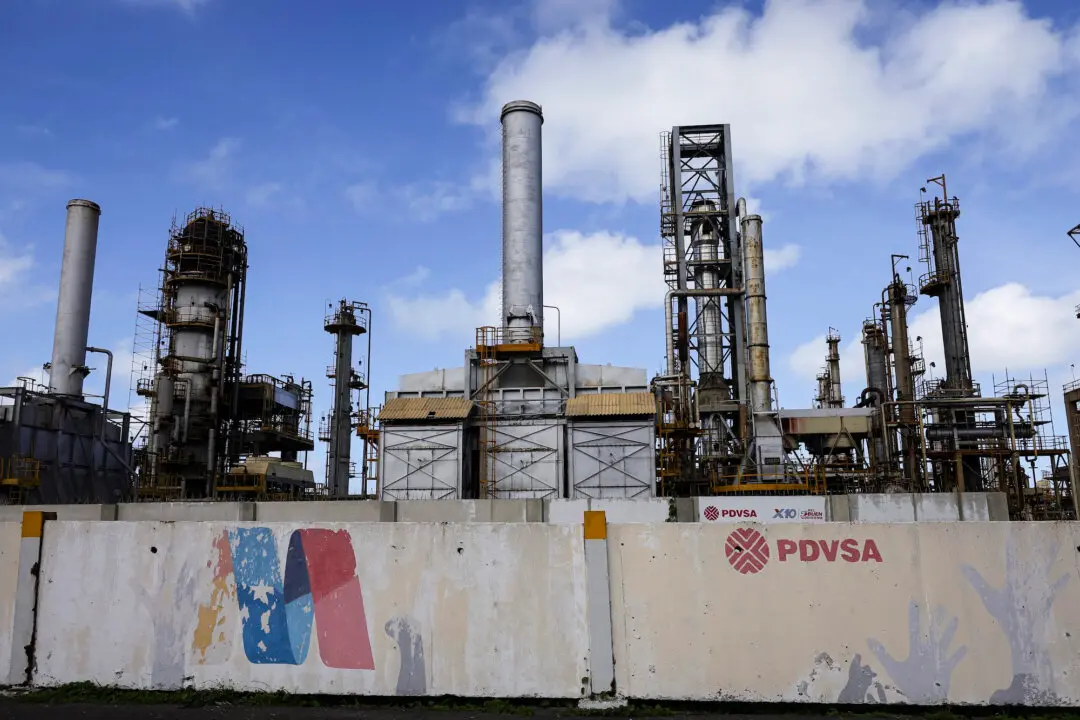U.S. employers added fewer than 200,000 jobs in September, sharply undershooting market expectations and painting a picture of labor market recovery that’s on wobbly footing.
The Labor Department’s jobs report, released Oct. 8, shows that non-farm payroll employment rose by a paltry 194,000 last month, down from last month’s upwardly revised 366,000 and far below the FactSet-provided consensus forecasts of 500,000.





